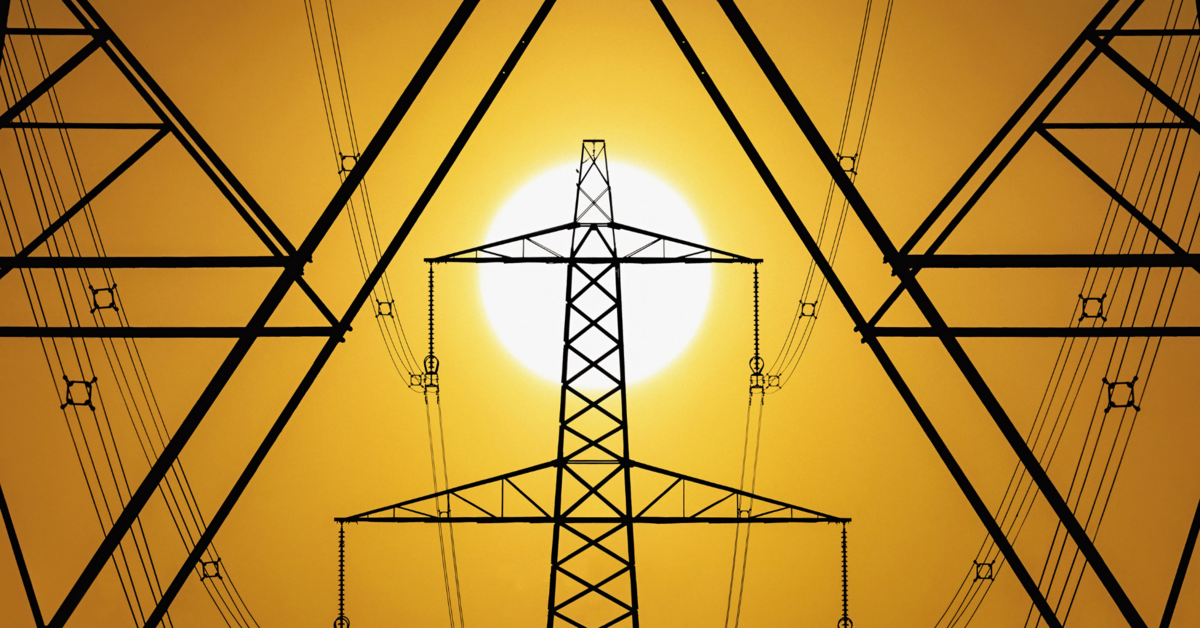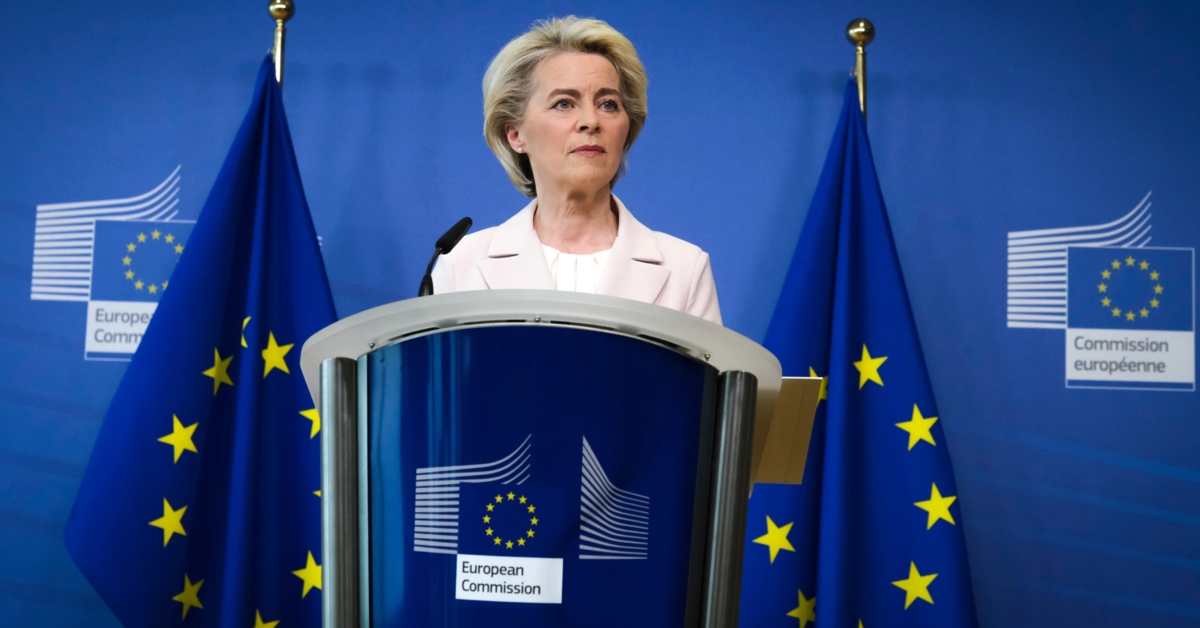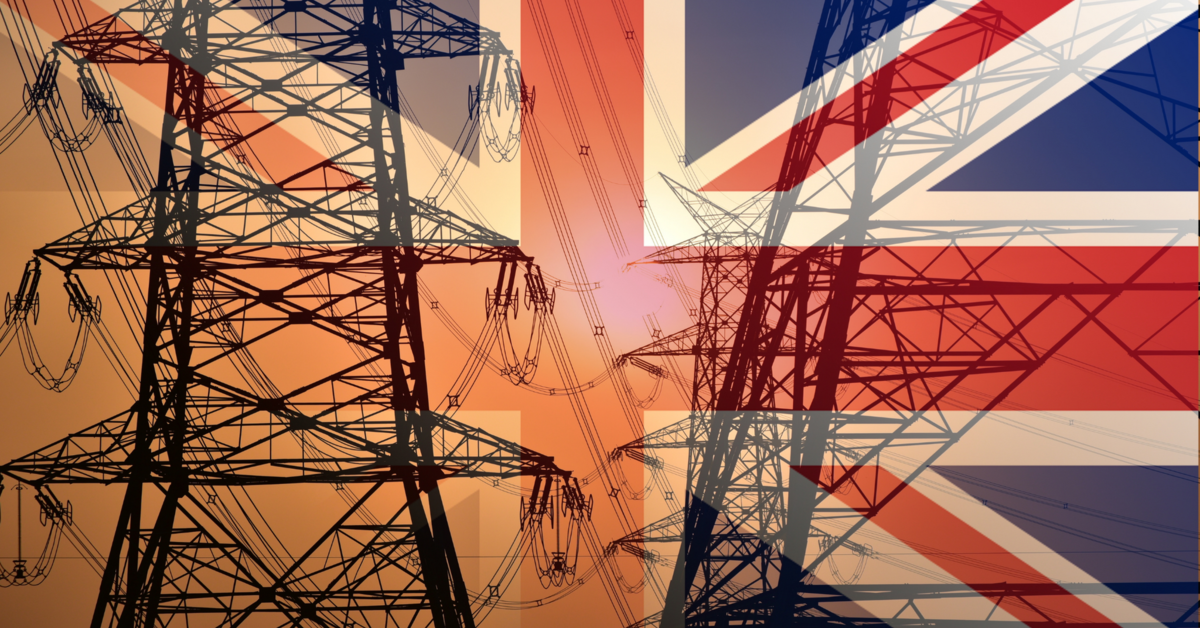The combined European energy and climate crisis conundrum
-
The war in the Ukraine is destabilizing European energy markets
-
Fear of a winter of discontent due to unaffordable energy and inflationary pressures led to reactionary policy interventions in Europe
-
Heatwaves this European summer are, however, a reminder that the climate crisis is acute
-
Government interventions are leading to conflicting short term market signals which may affect European ambition at the next UN climate negotiations.
Europe has been through a tough 3rd quarter. The effects of European sanctions against Russia’s aggression of Ukraine are starting to bite, particularly through tensions in energy markets. At the same time prolonged drought and high temperatures are a reminder that the climate crisis is not going away. Will politicians across the continent be able to resist shifting climate action to the backburner to satisfy the electorate’s demand for affordable energy? After more than six months of war – and no end in sight – will European public opinion’s support for sanctions remain strong even at the expense of citizens’ livelihoods and the climate? These are some of the issues that will determine the direction of policy in Europe1.
The frequency of heat waves experienced this summer is indeed a serious reminder that climate scientists’ models for rising global temperatures are already becoming a reality. It has led to substantial increases in heat-related deaths (thought to amount to more than 11,000 and close to 5,000 deaths in France and Spain respectively) compared to average summers in many countries and has affected GDP due to reduced crop yields and low productivity.
Russia’s invasion of Ukraine was bound to have a strong effect on European energy and climate policies, as the EU was relying on Russia for 40% of its energy supply. Energy production is also still accounting for 75% of the EU’s emissions – The weaponization of energy through the Ukraine conflict has driven inflation to levels unseen for the past 40 years and moved energy security and affordability at the center of politicians’ attention across Europe.

Nord Stream 1 pipeline in Lubmin, Germany
What does is mean?
Under the European Climate Law that entered into force in July 2021, the EU set a 55% net greenhouse gas (GHG) emissions target for 2030 (versus 1990 levels). In order to translate this objective into action the European Commission designed the Fit-for-55 strategy, which includes:
- updates to the functioning of the European emissions cap-and-trade system (EU-ETS) – which in particular covers European power installations
- strengthening the Renewable Energy Directive, which now aims for 45%2 of energy generated from renewable sources by 2030 (vs 22% in 2020)
- revising the Energy Taxation Directive to align the taxation of energy products with their climate impact
- ending the registration of internal combustion engines for cars and vans by 2035.
Under the Sustainable Finance Action Plan – the European Commission developed the EU taxonomy to increase transparency in financial markets for private sector sustainable investments – (somewhat controversially) including natural gas and nuclear power as “transition” technologies.
The war in Ukraine led the European Commission to develop the RePowerEU strategy, which foresees weaning off from Russian fossil fuels by 2027 with a 2/3 cut in Russian gas consumption by the end of 2022. The latter has already been overtaken by events, since Russia announced in early September that the critical Nordstream-1 pipeline would not supply gas to Western Europe as along as sanctions affecting its economy were not lifted. This led to:
- Power Price Increases – in the leading European power exchange EEX – a term contract for the delivery of a megawatt/hour (mWh) jumped from EUR73 in 2021 to EUR600 in early September 2022.
- Historically Low Currency Exchange Rates - the EUR falling to historically low levels against the USD in anticipation of a major economic downturn, further raising the bill for USD-priced oil.

Liquified Natural Gas pipelines leading to LNG terminal
Why does it matter?
The unprecedented energy crisis has already shocked governments into significant new initiatives:
- re-nationalization of energy entities (such as Electricité de France -EDF- which was already affected by a pre-war government-imposed cap on price increases), bailouts of major energy utilities in Germany (Uniper3 - which could be eventually controlled by the German government), Finland (Fortum), Austria (WienEnergie), Switzerland (Axpo), and the UK (Centrum), among others.
- providing consumers with government-funded price caps, which will further substantially deteriorate governments’ fiscal balances in the pandemic recovery period
- the European Commission has provided temporary waivers for public intervention to provide sufficient liquidity to struggling power companies
The crisis prompted the European Commission to seek a disconnection of the European power market from gas prices, which currently follows the so-called Merit-Order-System:
- Under the System, pricing depends on the most expensive powerplant to service the marginal demand (for one additional Kw/h) in the system, which typically is a gas-powered plant making gas the price-setter for the entire European energy production system.
- This generated substantial windfall profits, as any producer sells its produced energy at the same price, regardless of production costs. This is particularly the case for the cheapest producers in the energy mix (renewable energy…and then nuclear energy).
Energy supply bottlenecks were further exacerbated by:
- Drought and heat waves affecting hydropower production (in Norway, Switzerland, Italy, France) and nuclear energy (in France and in Switzerland)
- Nuclear power plant maintenance issues (in France, due to loss of know how as well as inability to carry out routine maintenance during the pandemic)
- Past political decisions to reduce dependence on nuclear energy (Belgium, Germany, Italy, Sweden, Switzerland)
- Overcoming the supply/demand imbalance called for more, high emission coal power plants to be connected and marginal demand to be covered by gas power plants relying on limited supply of gas (at soaring prices).
Is there a failure in the design of the European energy market?
The current supply shock could be considered as a unique “war”- circumstance preventing an otherwise proven system from adequately functioning. High profits particularly for renewable energy producers under the current system would - in a highly liquid and flexible market – provide a very positive climate signal - leading to increased renewable energy capacity. Boosting renewable energy supply, however, remains constrained by lengthy permitting processes – (which the RePowerEU plan is actually meant to address) as well as by increasing public hostility to the installation of new plants.
Is the carbon market providing a signal for switching to renewable energy and energy efficiency?
The EU Emissions Trading System (ETS) works on the principle of ‘cap-and-trade'. It sets an absolute limit or ‘cap' on the total amount of certain greenhouse gases that can be emitted each year by the entities covered by the system. This cap is reduced over time so that total emissions fall.
Since the EU ETS was introduced in 2005, emissions have been cut by 42.8% in the main sectors covered: power and heat generation and energy-intensive industrial installations. As a market-based system, the ETS ensures that emission reductions take place where it is cheapest to do so. As a result, most emission reductions until now have taken place in the power sector. Soaring gas prices have driven up the price of carbon – since in theory this would make adding – high emissions – coal production cheaper, hence driving demand for European Union Allowances (EUA) which would need to be surrendered under the EU-ETS.

Solar power plant under construction in Germany
Where is it going?
Current energy and carbon markets actually provide signals for shifting to cleaner energy sources and to higher energy efficiency, but does the transmission mechanism work? Government intervention, by subsidizing fossil fuel energy to alleviate consumers' high energy bills leads to market distortion. It neither provides incentives to save (energy efficiency), nor does it provide long term signals on the profitability of power generation, particularly for clean energy (due to the cap on so called windfall profits).
Corporations should be watching for clues in:
Energy Market Review
The European Commission considers a series of interventions in the liberalized European energy market including:
- price caps in energy wholesale markets for non-gas energy production
- a planned EUR180 /mWh cap on non-gas generated electricity [for reference, the spot price of electricity in Germany is currently at around EUR450/mWh] – but falling short of energy market reform as gas remains the price-setter
- a price cap on Russian gas and fostering joint gas purchases
- flattening the curve of peak energy consumption in EU Member States by imposing saving rates during peak consumption slots
Commission President von der Leyen announced4 that the European Commission will propose an emergency levy to raise EUR140bn from windfall taxes on energy (including on renewables) to be channeled back to consumers across the bloc.
Domestic temporary support packages and diversification of supplies
To protect consumers from high energy bills, massive support packages are being deployed across Europe. Governments also scramble to revisit their energy mix and diversify suppliers:
- France passed a EUR64bn package in August – freezing gas prices till the end of the year, capping electricity price increases at 4%. As a result, France had the lowest inflation rate at 6.5% of the entire Eurozone. It also committed to speeding up maintenance of currently disconnected nuclear power stations and the deployment of renewables.
- Germany’s ruling coalition is deploying LNG terminals, but is also burning more coal. The (Green Party) Minister of the Economy paid lip-service to the possibility of extending the life-time of two nuclear power plants, if needed. This is particularly important for Bavaria, which is almost entirely dependent on Russian gas imports and has not deployed renewables – mainly due to environmental hurdles in permitting processes. Germany also deployed a EUR95bn energy package to address energy affordability.
- Italy facing general elections this month – is struggling to gain acceptance for the deployment of floating LNG terminals and waste to energy plants. With a likely win of a right-wing coalition that is divided on supporting Russia-sanctions - widely considered as harming European consumers more than Russians – Italy will possibly challenge further European Commission initiatives.
- Spain and Portugal managed to negotiate a disconnect from European gas price setting on the grounds that the Iberian peninsula is an “energy island” in Europe with above average renewable energy supply and easier access to (Algerian) LNG.
- In the UK, Liz Truss. – barely nominated PM put her free market instincts aside, capping household energy bills for two years with a package estimated at GBP150bn. Ditching net zero emissions commitments and permitting shale gas exploration are openly discussed
Interventions in the energy market provide both mixed supply and demand signals
Supply side: European renewable energy producers which are needed for the green transition and for whom incentives to further rapidly deploy their technologies might be constrained by market design uncertainties
Demand side: with continued price caps, no incentives to reduce energy consumption. -would be efficiently transmitted –which could worsen the problem rather than solving it. Energy ministers called for a voluntary gas use reduction of 15% in each Member State – but energy efficiency progress is currently not rewarded.
Negative short term climate signals
The intended additional sale of EUR20bn worth of additional EUAs has already driven down carbon prices – as it provides signals for market intervention in the EU-ETS.
Member States such as Poland have already asked the Commission to suspend some provisions under the EU-ETS to compensate for high prices.
Current infrastructure investments will lock in greenhouse gas emissions for decades, including through:
- the rapid deployment of LNG terminals– with LNG being supplied from Qatar, Algeria, Egypt as well as through increased supply of shale gas from the US…(while its exploration remains impossible in Europe on environmental grounds)
- Long term deals signed with LNG suppliers, which might go beyond Europe’s mid-term needs and will make switching to cleaner sources less economical.
- Ramped-up coal power production and …mining

Coal transportation by rail
COP27
Governments across the continent fear a "winter of discontent" as a result of soaring energy prices – some Member States may urge the European Commission to wait-and-see and not raise ambitions at this time. The European Commission – despite mixed political and market signals (see above) reiterates that there is no intention to deviate from its 55% emissions reduction target. In order to align with the recommendations of the 6th IPCC Assessment report, more ambition would actually be needed. The usual hope for European leadership towards more ambition might this time not be realised. The Egyptian Presidency’s stated intention is to focus on implementation of previous goals and targets (i.e. not raising ambition), which incidentally – could be more aligned with the EU’s short term objectives.
It is widely believed that success or failure of COP27 will hinge on accelerating the delivery of the USD100bn p.a. climate finance pledge - including funding the adaptation of developing countries to the effects of climate change (USD40bn p.a as agreed during COP-26), both objectives being supported by the EU as they do not require more ambition on mitigation, which the EU can hardly afford at this moment.



